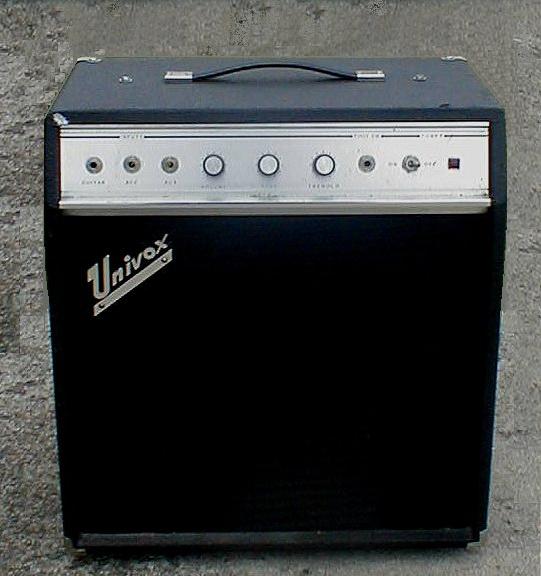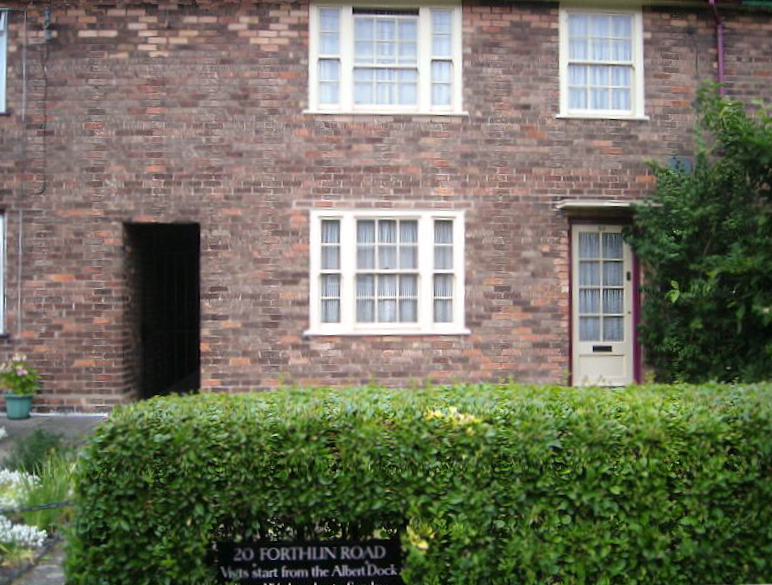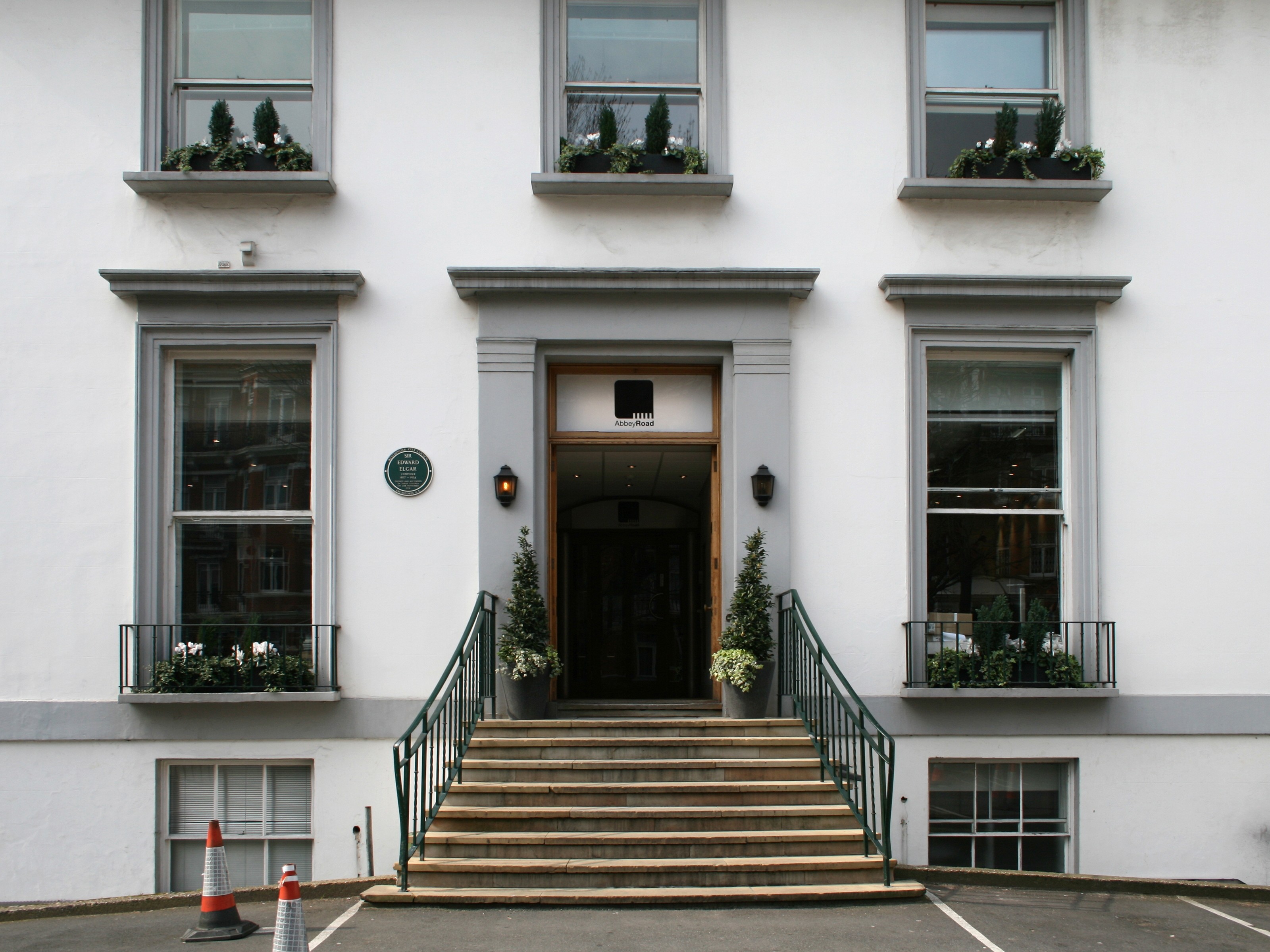|
Univox 'Lectra
The Univox 'Lectra was a bass guitar made by Univox modeled originally on the Höfner 500/1 bass, popularized by Paul McCartney in the early days of the Beatles, and later on the Gibson EB-1, both violin shaped guitars. The bass was available from the late 1960s through the mid-1970s. The 'Lectra had a 22 fret bolt on neck and a hollow body. The original model had two pickups, while some of the models based on the Gibson EB-1 had one. Some later models had f-holes cut into the body as well. Finishes ranged from sunburst A sunburst is a design or figure commonly used in architectural ornaments and design patterns and possibly pattern books. It consists of rays or "beams" radiating out from a central disk in the manner of sunbeams. Sometimes part of a sunbur ... or tobacco burst to all black. External links * Univox electric guitars {{bass-guitar-stub ... [...More Info...] [...Related Items...] OR: [Wikipedia] [Google] [Baidu] |
Bass Guitar
The bass guitar, electric bass or simply bass (), is the lowest-pitched member of the string family. It is a plucked string instrument similar in appearance and construction to an electric or an acoustic guitar, but with a longer neck and scale length, and typically four to six strings or courses. Since the mid-1950s, the bass guitar has largely replaced the double bass in popular music. The four-string bass is usually tuned the same as the double bass, which corresponds to pitches one octave lower than the four lowest-pitched strings of a guitar (typically E, A, D, and G). It is played primarily with the fingers or thumb, or with a pick. To be heard at normal performance volumes, electric basses require external amplification. Terminology According to the ''New Grove Dictionary of Music and Musicians'', an "Electric bass guitar sa Guitar, usually with four heavy strings tuned E1'–A1'–D2–G2." It also defines ''bass'' as "Bass (iv). A contraction of Double bas ... [...More Info...] [...Related Items...] OR: [Wikipedia] [Google] [Baidu] |
Univox
Univox was a musical instrument brand of Unicord Corporation from the early 1960s, when they purchased the Amplifier Corporation of America of Westbury, New York and began to market a line of guitar amplifiers. Univox also distributed guitars by Matsumoku, effects units by Shin-Ei Companion, and synthesizers by Crumar and Korg. In 1985, Unicord Corporation was purchased by Korg, and the Univox brand was phased out. History In the early 1960s the Unicord Corporation, a manufacturer of electric transformers, purchased the Amplifier Corporation of America and began marketing a line of amplifiers under the name of Univox. The company was purchased by Gulf+Western in 1967. Univox-branded fretted instruments (electric and acoustic guitars and electric basses) began being imported from Japanese contract manufacturer Matsumoku in 1975, where they continued until 1982, after which instruments were made in Korea under the "Westbury" brand. The Unicord Corporation was purchased by Korg in ... [...More Info...] [...Related Items...] OR: [Wikipedia] [Google] [Baidu] |
Höfner
Karl Höfner GmbH & Co. KG is a German (originally Austro-Bohemian) manufacturer of musical instruments, with one division that manufactures guitars and basses, and another that manufactures other string instruments, such as violins, violas, cellos, double basses and bows for stringed instruments. Much of Höfner's popularity is attributed to Paul McCartney's use of the Höfner 500/1 electric bass guitar throughout his career. This violin-shaped model is commonly referred to as the " Beatle bass". Company history A German luthier, Karl Höfner (1864–1955), founded the Höfner company in the town of Schönbach in Austria-Hungary (now Luby in the Czech Republic) in 1887. He soon became the largest string instrument manufacturer in the country. His sons, Josef and Walter, joined the company around 1920, and began spreading the brand's reputation worldwide. The company became involved in production for the German army in World War II producing wooden crates and soles for boots. A ... [...More Info...] [...Related Items...] OR: [Wikipedia] [Google] [Baidu] |
Paul McCartney
Sir James Paul McCartney (born 18 June 1942) is an English singer, songwriter and musician who gained worldwide fame with the Beatles, for whom he played bass guitar and shared primary songwriting and lead vocal duties with John Lennon. One of the most successful composers and performers of all time, McCartney is known for his melodic approach to bass-playing, versatile and wide tenor vocal range, and musical eclecticism, exploring styles ranging from pre–rock and roll pop to classical and electronica. His songwriting partnership with Lennon remains the most successful in history. Born in Liverpool, McCartney taught himself piano, guitar and songwriting as a teenager, having been influenced by his father, a jazz player, and rock and roll performers such as Little Richard and Buddy Holly. He began his career when he joined Lennon's skiffle group, the Quarrymen, in 1957, which evolved into the Beatles in 1960. Sometimes called "the cute Beatle", McCartney later invo ... [...More Info...] [...Related Items...] OR: [Wikipedia] [Google] [Baidu] |
The Beatles
The Beatles were an English Rock music, rock band, formed in Liverpool in 1960, that comprised John Lennon, Paul McCartney, George Harrison and Ringo Starr. They are regarded as the Cultural impact of the Beatles, most influential band of all time and were integral to the development of counterculture of the 1960s, 1960s counterculture and popular music's recognition as an art form. Rooted in skiffle, beat music, beat and 1950s rock and roll, rock 'n' roll, their sound incorporated elements of classical music and traditional pop in innovative ways; the band also explored music styles ranging from folk music, folk and Music of India, Indian music to Psychedelic music, psychedelia and hard rock. As Recording practices of the Beatles, pioneers in recording, songwriting and artistic presentation, the Beatles revolutionised many aspects of the music industry and were often publicised as leaders of the era's Baby boomers, youth and sociocultural movements. Led by primary songwriter ... [...More Info...] [...Related Items...] OR: [Wikipedia] [Google] [Baidu] |
Gibson EB-1
The Gibson EB-1 is a bass guitar that Gibson introduced in 1953. It was their first bass guitar. History Gibson first marketed the EB-1 (initially calling it simply, the ''Electric Bass'') in 1953 in response to the success of the Fender Precision Bass. Rather than styling the body after an electric guitar, they shaped the EB-1 to resemble a double bass, even painting false f-holes on the top of the body. EB-1 production ended in 1958, when Gibson replaced it with the EB-2 and the later EB-0. They renamed the Electric Bass to the EB-1 at that time. Gibson reissued the EB-1 in 1968 with several changes—including no false f-holes, standard right-angled tuning machines, and a chrome bridge cover. They discontinued this reissue in 1972. Epiphone (a subsidiary of Gibson) began marketing a Korean-manufactured EB-1 in 1999. This version of the EB-1 uses a more cost-effective bolt-on neck construction, as well as replacing the original bridge with a more conventional three-point a ... [...More Info...] [...Related Items...] OR: [Wikipedia] [Google] [Baidu] |
Violin
The violin, sometimes known as a ''fiddle'', is a wooden chordophone (string instrument) in the violin family. Most violins have a hollow wooden body. It is the smallest and thus highest-pitched instrument (soprano) in the family in regular use. The violin typically has four strings (music), strings (some can have five-string violin, five), usually tuned in perfect fifths with notes G3, D4, A4, E5, and is most commonly played by drawing a bow (music), bow across its strings. It can also be played by plucking the strings with the fingers (pizzicato) and, in specialized cases, by striking the strings with the wooden side of the bow (col legno). Violins are important instruments in a wide variety of musical genres. They are most prominent in the Western classical music, Western classical tradition, both in ensembles (from chamber music to orchestras) and as solo instruments. Violins are also important in many varieties of folk music, including country music, bluegrass music, and ... [...More Info...] [...Related Items...] OR: [Wikipedia] [Google] [Baidu] |
Fret
A fret is any of the thin strips of material, usually metal wire, inserted laterally at specific positions along the neck or fretboard of a stringed instrument. Frets usually extend across the full width of the neck. On some historical instruments and non-European instruments, frets are made of pieces of string tied around the neck. Frets divide the neck into fixed segments at intervals related to a musical framework. On instruments such as guitars, each fret represents one semitone in the standard western system, in which one octave is divided into twelve semitones. ''Fret'' is often used as a verb, meaning simply "to press down the string behind a fret". ''Fretting'' often refers to the frets and/or their system of placement. Explanation Pressing the string against the fret reduces the vibrating length of the string to that between the bridge and the next fret between the fretting finger and the bridge. This is damped if the string were stopped with the soft fingertip on a ... [...More Info...] [...Related Items...] OR: [Wikipedia] [Google] [Baidu] |
Neck (music)
The neck is the part of certain string instruments that projects from the main body and is the base of the fingerboard, where the fingers are placed to stop the strings at different pitches. Guitars, banjos, ukuleles, lutes, the violin family, and the mandolin family are examples of instruments which have necks. Necks are also an integral part of certain woodwind instruments, like for instance the saxophone. The word for neck also sometimes appears in other languages in musical instructions. The terms include ''manche'' (French), ''manico'' (Italian), and ''Hals'' (German). Guitar The neck of a guitar includes the guitar's frets, fretboard, tuners, headstock, and truss rod. The wood used to make the fretboard will usually differ from the wood in the rest of the neck. The bending stress on the neck is considerable, particularly when heavier gauge strings are used (see Strings and tuning), and the ability of the neck to resist bending (see Truss rod) is important to the gu ... [...More Info...] [...Related Items...] OR: [Wikipedia] [Google] [Baidu] |
Hollow Body Electric Guitar
A semi-acoustic guitar, hollow-body electric, or thinline is a type of electric guitar that was first created in the 1930s. It has a sound box and at least one electric pickup. The semi-acoustic guitar is different to an acoustic-electric guitar, which is an acoustic guitar with the addition of pickups or other means of amplification, added by either the manufacturer or the player. History In the 1930s, guitar manufacturers aimed at increasing the sound level produced by the instrument, to compete with louder instruments such as the drums.Ingram, Adrian, A Concise History of the Electric Guitar, Melbay, 2001. Companies such as Gibson, Rickenbacker and Gretsch focused on amplifying a guitar through a loudspeaker. In 1936, Gibson introduced their first manufactured semi-acoustic guitars, the ES-150s (Electric Spanish Series).Hunter, Dave, The Rough Guide to Guitar, Penguin Books, 2011. Gibson based them on a standard production archtop, with f holes on the face of the guitar's so ... [...More Info...] [...Related Items...] OR: [Wikipedia] [Google] [Baidu] |
Pick Up (music Technology)
A pickup is a transducer that captures or senses mechanical vibrations produced by musical instruments, particularly stringed instruments such as the electric guitar, and converts these to an electrical signal that is amplified using an instrument amplifier to produce musical sounds through a loudspeaker in a speaker enclosure. The signal from a pickup can also be recorded directly. Most electric guitars and electric basses use magnetic pickups. Acoustic guitars, upright basses and fiddles often use a piezoelectric pickup. Magnetic pickups A typical magnetic pickup is a transducer (specifically a variable reluctance sensor) that consists of one or more permanent magnets (usually alnico or ferrite) wrapped with a coil of several thousand turns of fine enameled copper wire. The magnet creates a magnetic field which is focused by the pickup's pole piece or pieces. The permanent magnet in the pickup magnetizes the guitar string above it. This causes the string to generate a ... [...More Info...] [...Related Items...] OR: [Wikipedia] [Google] [Baidu] |
Sound Hole
A sound hole is an opening in the body of a stringed musical instrument, usually the upper sound board. Sound holes have different shapes: * round in flat-top guitars and traditional bowl-back mandolins; * F-holes in instruments from the violin family, archtop mandolins and in archtop guitars; * C-holes in viola da gambas and occasionally double-basses and guitars * rosettes in lutes and sometimes harpsichords; * D-holes in bowed lyras. Some instruments come in more than one style (mandolins may have F-holes, round or oval holes). A round or oval hole or a rosette is usually a single one, under the strings. C-holes, D-holes and F-holes are usually made in pairs placed symmetrically on both sides of the strings. Most hollowbody and semi-hollow electric guitars also have F-holes. Though sound holes help acoustic instruments project sound more efficiently, sound does not emanate solely from the sound hole. Sound emanates from the surface area of the sounding boards, with so ... [...More Info...] [...Related Items...] OR: [Wikipedia] [Google] [Baidu] |


RH.jpg)





